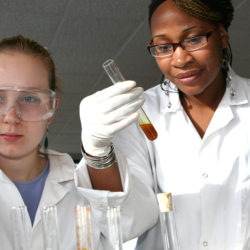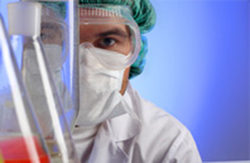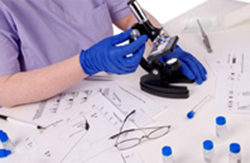FAQs for Patients

Where Can I Go To Get Stem Cell Treatments?
Many doctors now offer stem cell treatments for medical conditions. Some of these procedures are safe and effective, others are experimental and can be dangerous. The FDA does not currently approve of the use of stem cells for medicine, until such treatments can become a tested drug. We recommend joining an FDA approved clinical trial. You can find these in our directory of patient alternatives.

Are Adult Stem Cell Treatments Safe?
In the vast majority cases, because you are using autologous tissues (from your own body), stem cell treatments are safe. The dangers come when doctors perform procedures without adequate medical safeguards for hygiene and sterility–in other words, the danger lies with infections. Fatalities have occurred when patients are given a ‘stem cell drip’ which, if poorly filtered, can lead to embolisms.

What Are The Main Stem Cell Treatments?
Because stem cells are abundant in human fat, the widest application today is cosmetic, in which stem cell-rich fat is transferred from one part of the body to another. The transferred fat creates new volume in the face, hands, breast or buttocks. The next widest application is orthopedic. Here, stem cells are injected into damaged areas, causing cartilage to repair itself.

Why Are Adult Stem Cells Important?
Adult Stem Cells (ASCs) are found in all human tissue, and can renew themselves or become specialized cells. ASCs are vital for tissue repair and replacement, and can be used to create new tissue and repair diseased organs. They are easy to harvest, especially from fat, and can become other types of cells.

What Are Stem Cells?
Stem cells are unspecialized, primary cells that can transform into any cell in our bodies. There are two types: Embryonic and Adult. Embryonic Stem Cells appear in new embryos, and give rise to all the different human cells. Adult Stem Cells are found in adult organs and tissue; they can become new tissue, but only certain types.
